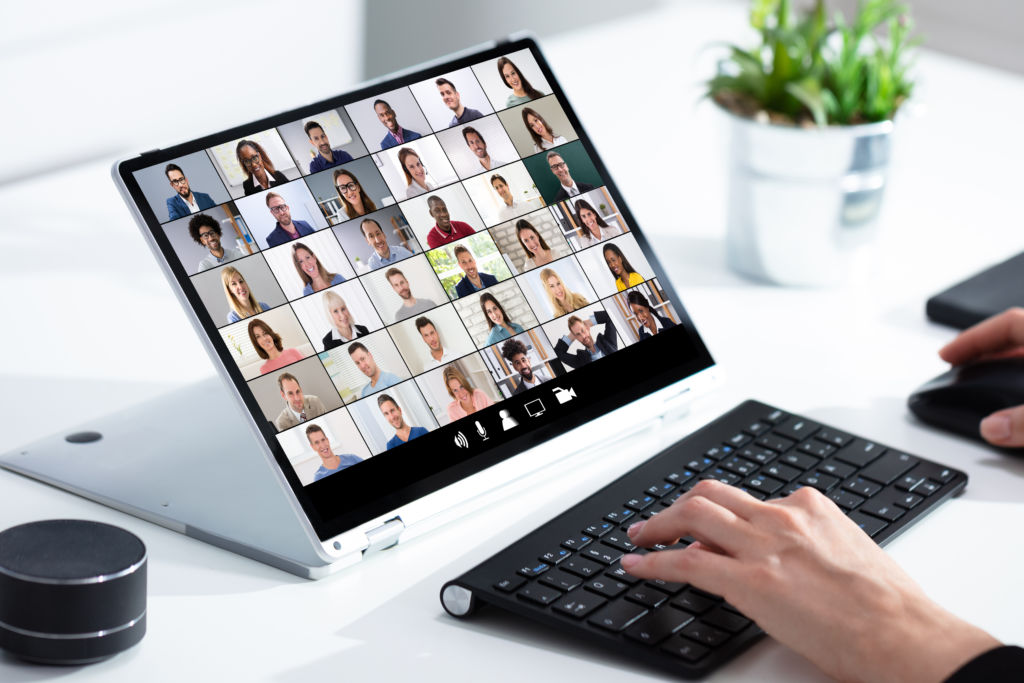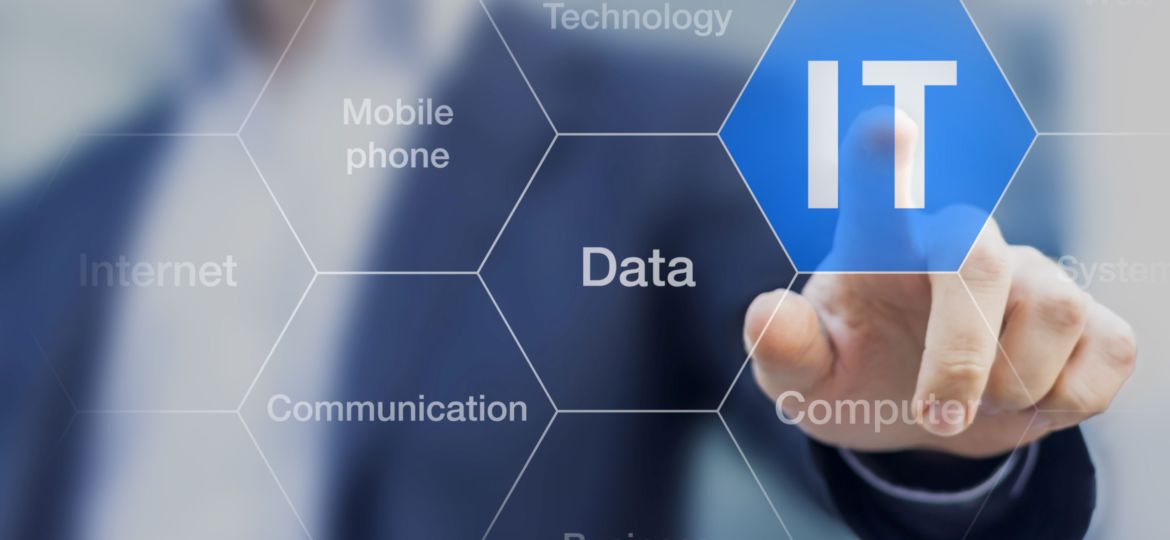Learning to Walk: Telehealth’s Development Signals Improved Behavioral Health Care Access
June 15th, 2022 (Lanham, MD) More adults and youth are struggling with their mental health and well-being as the pandemic continues. Nearly four in ten American adults experienced anxiety or depression symptoms during the pandemic, compared to one in ten pre-pandemic (Panchal et al. 2021). Similarly, depression and anxiety among youth have nearly doubled since the pandemic and are particularly impacting youth from historically underserved populations (Office of the Surgeon General, 2021; Racine et al, 2021). Yet, access to mental health services and treatment has not kept pace with the increased need and demand for services. In 2021, nearly 25 percent of adults did not receive treatment for mental illnesses (Mental Health America, 2021).
Telehealth is a growing sector of service delivery that is poised to address some of the gaps and barriers to mental health care. The June 2022 Behavioral Health Spotlight, published by the Behavioral Health Advancement Resource Center (BHARC), discusses tele-behavioral health’s significant expansion during the pandemic, its benefits, and important considerations for its utilization moving forward. “It is still early, but tele-behavioral health shows great promise in reducing stigma that some associate with mental health and substance disorder treatment and providing accessible mental health care capacity in hard to serve areas of the U.S.,” said William Scarbrough, BHARC Advisor and Vice President, Health Solutions at The Bizzell Group (Bizzell). “Additional rigorous evaluation is needed to address concerns regarding quality of care, privacy, and third-party data and information sharing.” BHARC is funded by Bizzell.
The BHARC Behavioral Health Spotlight is a thought leadership series highlighting various behavioral health topics that impact communities across the United States and abroad. “Telehealth’s Potential for Expanding Behavioral Healthcare Access” was written by Nancy Bateman, MSW, a Senior Public Health Advisor for Behavioral Health Services at Bizzell. It provides a current snapshot of tele-behavioral health, drawing from recent literature.
About BHARC
The Behavioral Health Advancement Resource Center (BHARC) is an authoritative source for behavioral health information, insights, technical assistance, training, and innovative tools. BHARC is a mechanism to share evidence-based behavioral health interventions and best practices. The BHARC Advisory Council consists of experts in substance use, mental health, clinical trials, pharmaceuticals, and healthcare standards and quality. Learn more about the Behavioral Health Advancement Resource Center at BHARC.org.
About Bizzell
Established in 2010, Bizzell US is U.S. Small Business Administration (SBA) HUBZone certified strategy, consulting, and technology firm with a mission to improve lives and accelerate change. Bizzell US develops innovative solutions to some of the most critical issues of our time such as health care services equity, global health, workforce innovation and other urgent needs facing the world. Under the leadership and vision of founder, Anton C. Bizzell, MD, the company has grown into a thriving firm headquartered in New Carrollton, Maryland with staff and offices in various regions around the country including California, Colorado, Oklahoma, and Georgia, and globally in Africa, Asia, and Central America. Learn more about how we develop data-driven, research-informed, innovative solutions to complex-real-world challenges. Learn more at BizzellUS.com.




